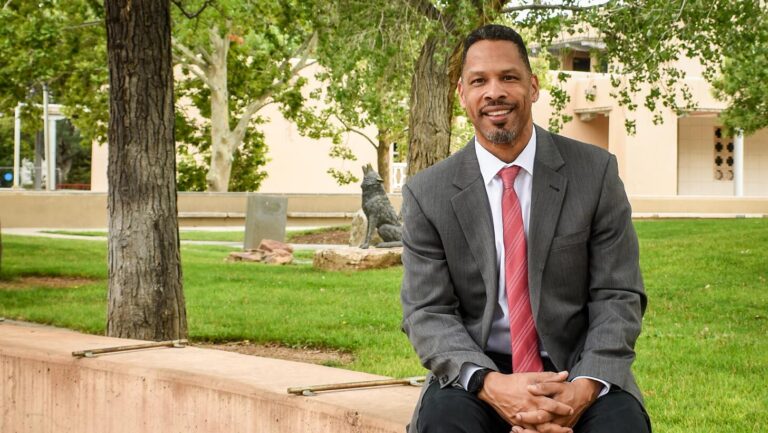Arts Interview: How Is Unm Going To Work?
A Conversation With The New Dean Of The College Of Fine Arts.


Clarke Condé
Latest Article|September 3, 2020|Free
::Making Grown Men Cry Since 1992


Clarke Condé


